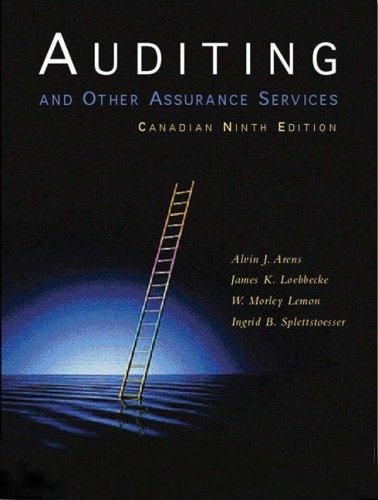Question
Starbucks Corporation's Financial Statements (partial) Consolidated Income Statements In millions of dollars Year ended Sept. 27, 2020 Year ended Sept. 29, 2019 Year ended Sept.
Starbucks Corporation's Financial Statements (partial)
|
Consolidated Income Statements In millions of dollars | |||||||
| Year ended Sept. 27, 2020 | Year ended Sept. 29, 2019 | Year ended Sept. 30, 2018 | |||||
| Net Sales | $ 23,518.0 | $ 26,508.6 | $ 24,719.5 | ||||
| Cost of goods sold | 7,694.9 | 8,526.9 | 7,930.7 | ||||
| Selling, general, and administrative expenses | 14,261.4 | 13,903.8 | 12,905.5 | ||||
|
Consolidated Balance Sheets In millions of dollars | |||||
| ASSETS | As of Sept. 27, 2020 | As of Sept. 29, 2019 | |||
| Cash and cash equivalents | $ 4,350.9 | $ 2,686.6 | |||
| Short-term investments | 281.2 | 70.5 | |||
| Accounts receivable, net | 883.4 | 879.2 | |||
| Inventories | 1,551.4 | 1,529.4 | |||
| Prepaid expenses and other current assets | 739.5 | 488.2 | |||
| Total current assets | $ 7,806.4 | $ 5,653.9 | |||
| Notes to Consolidated Financial Statements (partial) |
| Footnote 1. Summary of Significant Accounting Policies 1.1 Description of Business We purchase and roast high-quality coffees that we sell, along with handcrafted coffee and tea beverages and a variety of fresh and prepared food items, through our company-operated stores. We also sell a variety of coffee and tea products and license our trademarks through other channels such as licensed stores, grocery and foodservice. 1.3 Fiscal Year Our fiscal year ends on the Sunday closest to September 30. Fiscal year 2020 ended on September 27, 2020, fiscal year 2019 ended on September 29, 2019, and fiscal year 2018 ended on September 30, 2018. 1.11 Inventories The Company values inventories at the lower of cost or net realizable value using the first-in, first-out ("FIFO") method. Use Starbucks most recent financial statements to answer the following three questions.
|
Step by Step Solution
There are 3 Steps involved in it
Step: 1

Get Instant Access to Expert-Tailored Solutions
See step-by-step solutions with expert insights and AI powered tools for academic success
Step: 2

Step: 3

Ace Your Homework with AI
Get the answers you need in no time with our AI-driven, step-by-step assistance
Get Started


